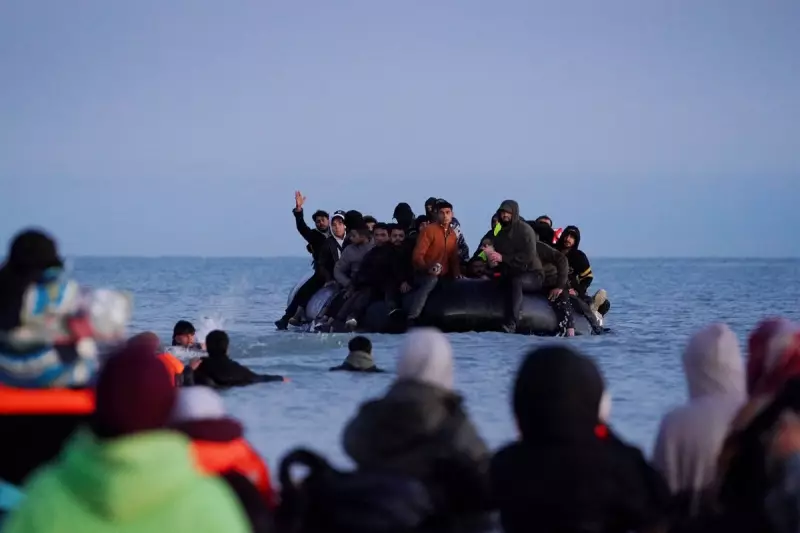
The waters of the English Channel have witnessed a significant surge in migrant crossings this week, with multiple small boats successfully reaching UK shores despite ongoing political efforts to deter the dangerous journeys.
Crossing Numbers Defy Expectations
According to latest observations and official reports, several boats carrying migrants were spotted arriving along the Kent coastline in recent days. The arrivals come amid favourable weather conditions that typically encourage attempts to cross one of the world's busiest shipping lanes.
Eyewitness accounts describe groups of people being brought ashore by Border Force officials and seen being processed at reception centres. The continued crossings represent a challenge to the government's stated aim of stopping the small boats entirely.
Perilous Journey Across Busy Waterway
The English Channel remains one of the most dangerous routes for irregular migration, with strong currents, unpredictable weather, and heavy maritime traffic posing constant threats to those attempting the crossing in flimsy vessels.
Maritime safety experts repeatedly warn about the risks undertaken by those boarding the overcrowded dinghies, which are often ill-equipped for the challenging conditions. Despite these dangers, the pattern of crossings continues throughout the year.
Government Policy Under Scrutiny
The recent arrivals occur against the backdrop of the controversial Rwanda asylum scheme, which the government maintains will serve as a deterrent to those considering the Channel crossing. However, migration analysts question the effectiveness of this approach as crossing numbers persist.
Home Office officials maintain their commitment to "breaking the business model" of people smuggling networks operating along the French coast. Meanwhile, humanitarian organisations continue to call for safer legal routes for those seeking protection in the UK.
The situation remains fluid, with authorities on both sides of the Channel monitoring developments closely as the migration phenomenon evolves throughout the year.





